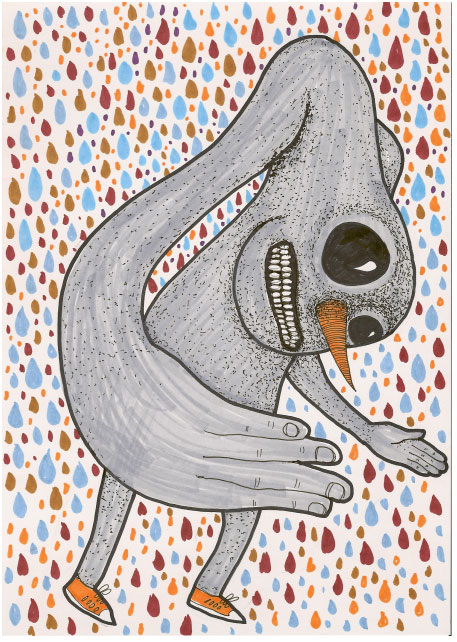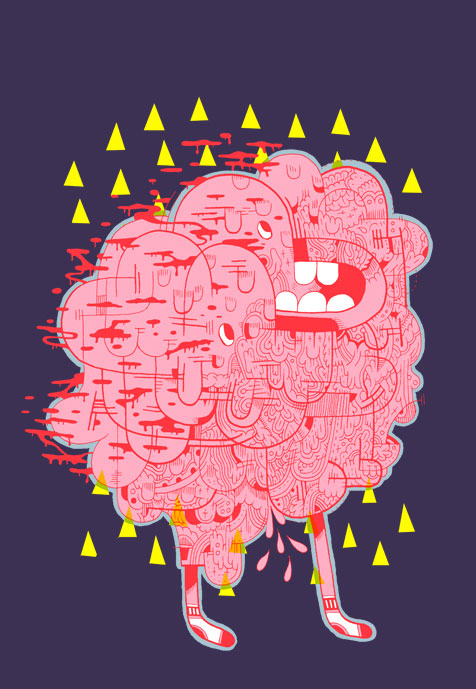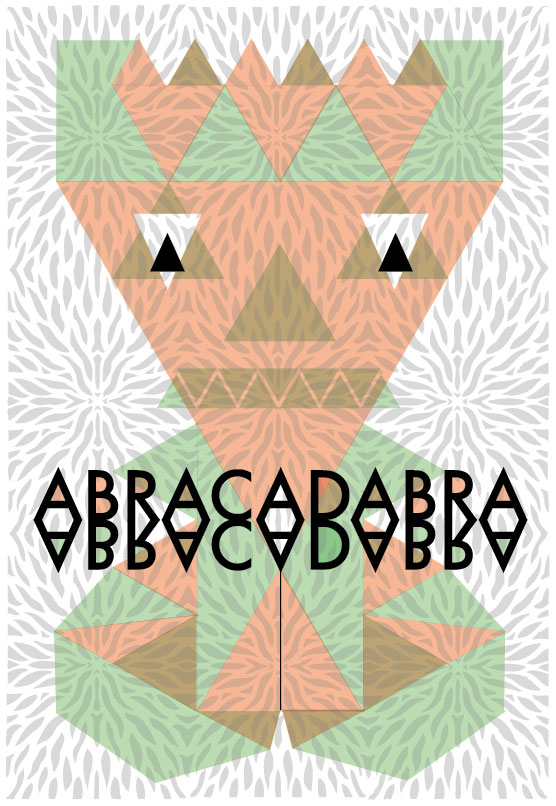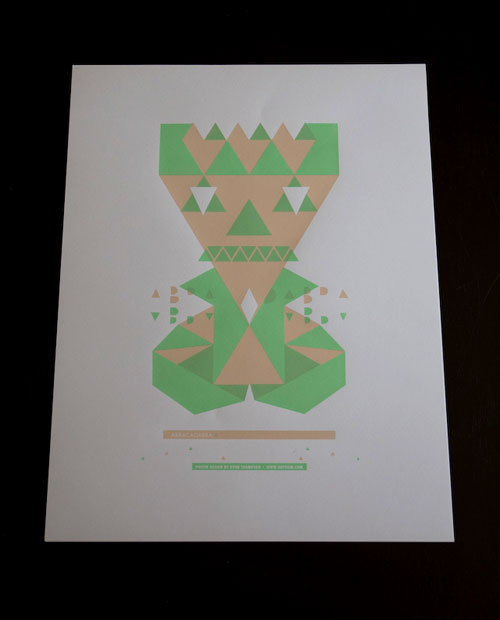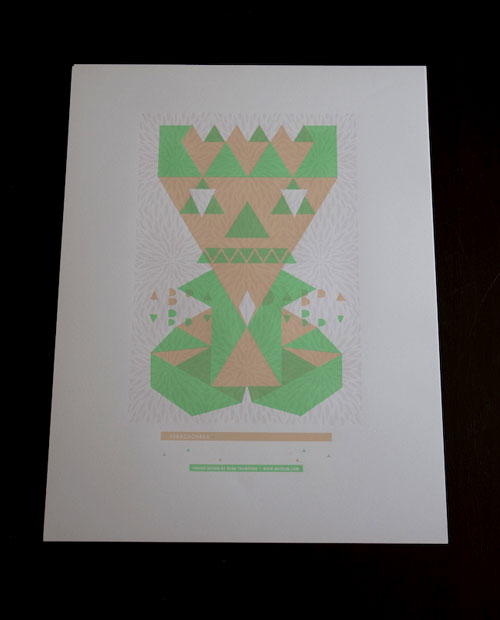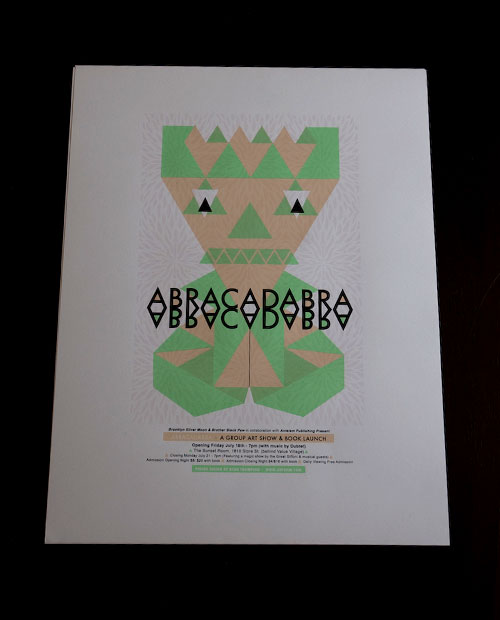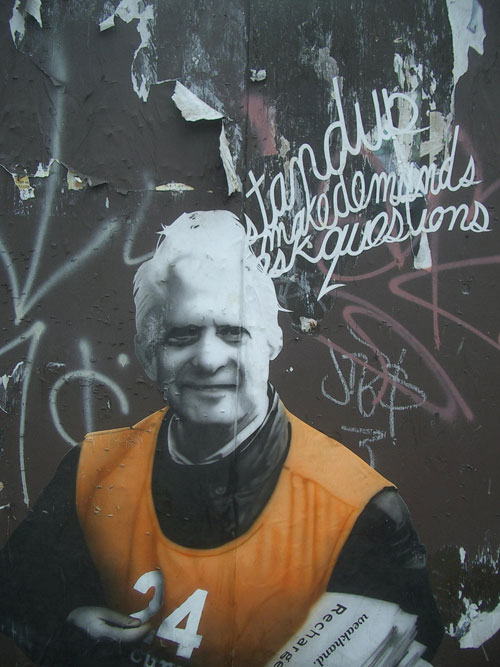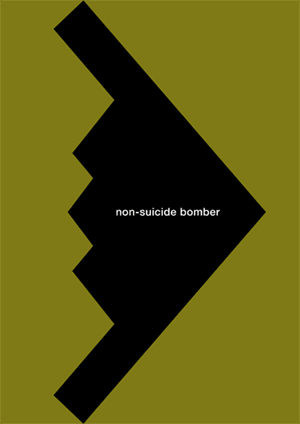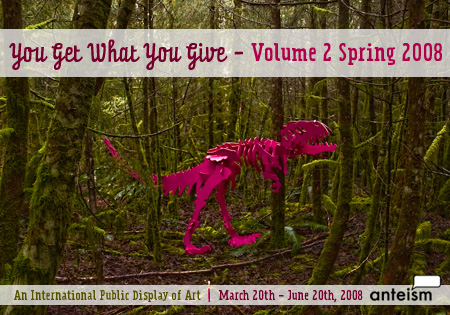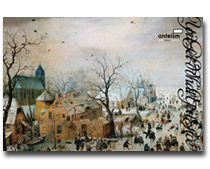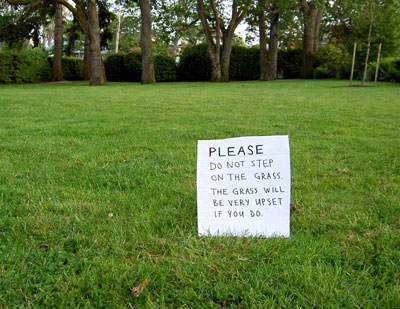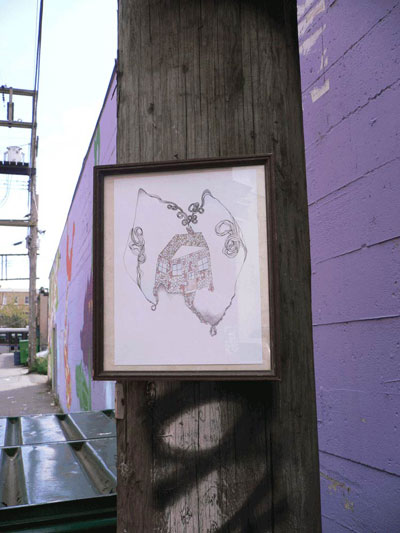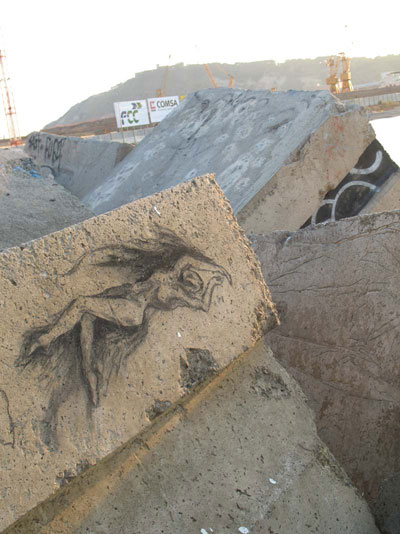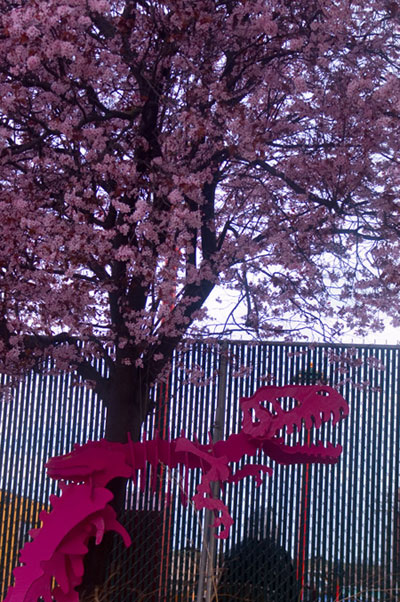
I recently stumbled across an interesting article about the identity of Canadians and the status of the arts here. It states that Canadians don't seem to have a proper identity?? Is this true? After living in Asia for a few years I did notice something strange from other foreign people living in Asia. When they asked me where I was from I said Canada. They continued by saying where are you really from? I think Canada is one of the very few places we have got past the identity of imaginary lines. There are plenty of problems here but Canada may be one of the first places where national identity may disappear. The cup is half full and empty.
The Canadian Renaissance Project aims to strengthen the art community in Canada and I believe it has some very valid points. Whether or not it's possible to implement is another subject. Visit the site Canadian Renaissance Project.
Read The Statement Below Then Click Here to Find Out How You Can Be Involved
It is almost a cliche to say that Canadians have an identity problem, no one, not even Canadians can seem to define exactly what it means to be a Canadian. In spite of this, the Canadian voice is unique in the world. Perhaps this is because, in a world where the environment is in crisis, it is a vast country where nearly everyone is close to nature almost all the time. Perhaps it is because of multiculturalism. In the rest of the world ethnic and religious tension are spiraling out of control. In Canada, the world's most multi-cultural country a wide variety of social, ethnic, and religious groups manage to live together relatively peacefully and cooperatively. Whatever it is, it is a voice that resonates the world over. Whatever else people know about Canada (it is sometimes very little, and often wrong) they know Canadian art, music, literature, actors, directors and other artists.
There is also no question that arts and culture are a vital part of the Canadian identity (whatever it is). The arts are both a part of industry and part of the daily quality of life of Canadians. According to the Canada Council for the Arts: 75 percent of Canadians believe that the arts are important in enhancing the quality of their lives and 85 percent aggree that governments should provide support for arts and culture. Further, according to Statitstics Canada, the 7.7 billion dollar government investment in culture generates 40 billion dollars in economic activity and creates 600,000 jobs. The importance of arts and culture for tourism, as an example, goes without saying.
With all of this said, the social and economic status of the artist in Canada in no way reflects the importance of their contributions to society. In 1995, Parliament implemented the 'Status of the Artist Act' which, through a heavily bureaucratized process, allowed certain tax deductions, under certain circumstances for certain artists. According to the Canadian Journal of Communication there were "670,000 people working in the arts and culture, representing six times as many employed in fisheries and three times greater than in the forestry industry." But, the article points out, "In 1991, self employed painters and artists earned an average of $11,947; artisans and craftspeople $10,020; musicians and singers, $14,473; dancers, 13,757; actors, $21,800; broadcast composers, and arragners $26.201."
So with nearly 10 years since the "Status of the Artist Act" have things improved substantially for Canadian artists? It wouldn't appear so. According to a study published in 2004 the number of Canadian artists had risen by 29%, but they were still making less than people in other professions. Another study in 2005 determined that a Canadian artist earns on average $23,500 and minority artists even less. This average is also inflated by highly successful Canadian actors, producers and recording artists as well as artists employed full time by arts and media companies. This would indicate that a large number of artists earn substantially less than that average.
It is little wonder that many of the most successful Canadian artists and performers have sought larger markets, and higher incomes, in the United States and Europe. The goal of the following proposals is to lessen this trend, not by making artists wealthy, but to offer them the ability to stay to stay in Canada, earn a stable income and enjoy a standard of living comparable to other highly skilled professionals; An income that is more reflective of their importance to Canadian society. Doctors and lawyers and business executives are undoubtedly vital to society, but they do not define that society in the way the arts do. Without definition; without understanding who we are, it is difficult to understand the past, make appropriate decisions for the present or plan the society we want to create for the future.
Part One of the plan draws it's inspiration from but does not copy the Irish system. In Ireland certain artists pay no taxes at all. This system though has two major drawbacks, the first is that those artists pay no taxes at all no matter how successful they become. Even in the case where they are making millions, they still pay no income taxes. The second problem is that the Irish put in place a government bureaucracy to decide what constitutes art. This is an area which I do not think Canadians want the government directly involved in.
What I propose as an alternative is a system where an artists profits (after expenses) which comes directly from their art, are tax exempt up to fifty thousand dollars. It should be pointed out here that the excemption would apply to artists in the broad sense, not only visual artists. This would ensure that highly successful artists payed taxes and it would enable and encourage many artists to quit their 'day jobs' and focus on their art. Since their non-art income is not tax exempt it would also provide incentives for them to focus more on earning income from their artistic pursuits.
Part Two is inspired by the new Children's Fitness Tax Credit which provides up to five-hundred dollars for health and fitness activities for children. While health and physical fitness are obviously important, the nurturing of the mind and the soul and ultimately of Canadian culture is of equal importance.
The second part of the plan would apply to both children and adults and provide a five-hundred dollar (per person) tax write off for arts and culture purchases and activities. This would include everything from music or art lessons to buying a musical instrument or art supplies. It would also include the purchase of concert or theatre tickets, and the purchase of books, music, films, and art by Canadian artists. It should be stressed here that in order to qualify for the deduction that it must fall within the guidelines of Canadian content. Purchases of non-Canadian music, books, etc., would not qualify.
This does several things at once. It encourages individuals and families to participate in more arts and culture related activities. It puts Canadian content at a premium over imported content. It provides an improved marketplace for Canadian artists to make a living in, the marketplace is not larger, but it is more lucrative. It encourages content producers to produce more Canadian content. It encourages venues to showcase more Canadian talent. It encourages retailers to carry more Canadian content. It encourages children, and adults to to an extent, to become more educated in the arts and to make arts and culture a more integrated part of their day to day lives. Finally, on a more timely and controversial note, the tax deduction would encourage Canadians to buy rather than download for free, Canadian music and movies.
The Canadian Government, like most Western governments, has many priorities to deal with. The military, business and industry, health care, infrastructure, the environment, education, culture, the arts and more all contend for precious tax dollars. All of these things are obviously, to varying degrees, important. Many of them are essential to the quality of life enjoyed by Canadians.
It is important to consider though that great societies are remembered as great not by their industry or military power, or even by the daily quality of life of their citizens. Even where these societies were particularly violent, or committed great attrocieties, they are remembered most by their art and cultural achievements. If we look back though history: The Babylonians, Egyptians, Greeks, Romans, the ancient Muslim world, ancient China and Japan, the British, Spanish, French, Germans in their glory days, and the Aboriginal cultures of North America they are remembered because of their art, architecture, literature, music, theatre and other cultural achievements. Even the great United States of America, when thought of fondly, conjures up images of Hollywood, Motown, Woodstock, Elvis, Sinatra, and Marilyn Monroe. There are some societies who achieved historical infamy without widely recognized artistic achievements. Cultures such as the Huns, Mongols, Vandals and Vikings are remembered almost purely for their brutality.
Combined these two initiatives will make being a full time artist in Canada a more realistic proposition. It is hoped that it will encourage more Canadian artists to stay in Canada, and that it might even lure some Canadian artists home from other parts of the world. In any event, it would allow more artists to give up their 'day jobs' and devote themselves full time to their art. It would enhance Canada's image abroad as a hotbed of arts, culture and creativity. It would promote and encourage tourism within Canada and from abroad and boost the travel and hospitality sectors on the whole. It would help to finally define the Canadian identity in the minds of Canadians and others and, given the amount of talent and creativity we have in this country, it would fuel an arts movement of historic proportions.
What You Can Do
Take action by signing the petition http://www.gopetition.com/online/13374.html Contacting your Member of Parliament http://crp.publicbroadcasting.ca/mp.html and adding a promotional graphic to your website (see right hand column.) Stay involved by adding the Canadian Renaissance Project MySpace http://www.myspace.com/canren and/or joining the facebook group http://www.facebook.com/profile.php?id=676355194









